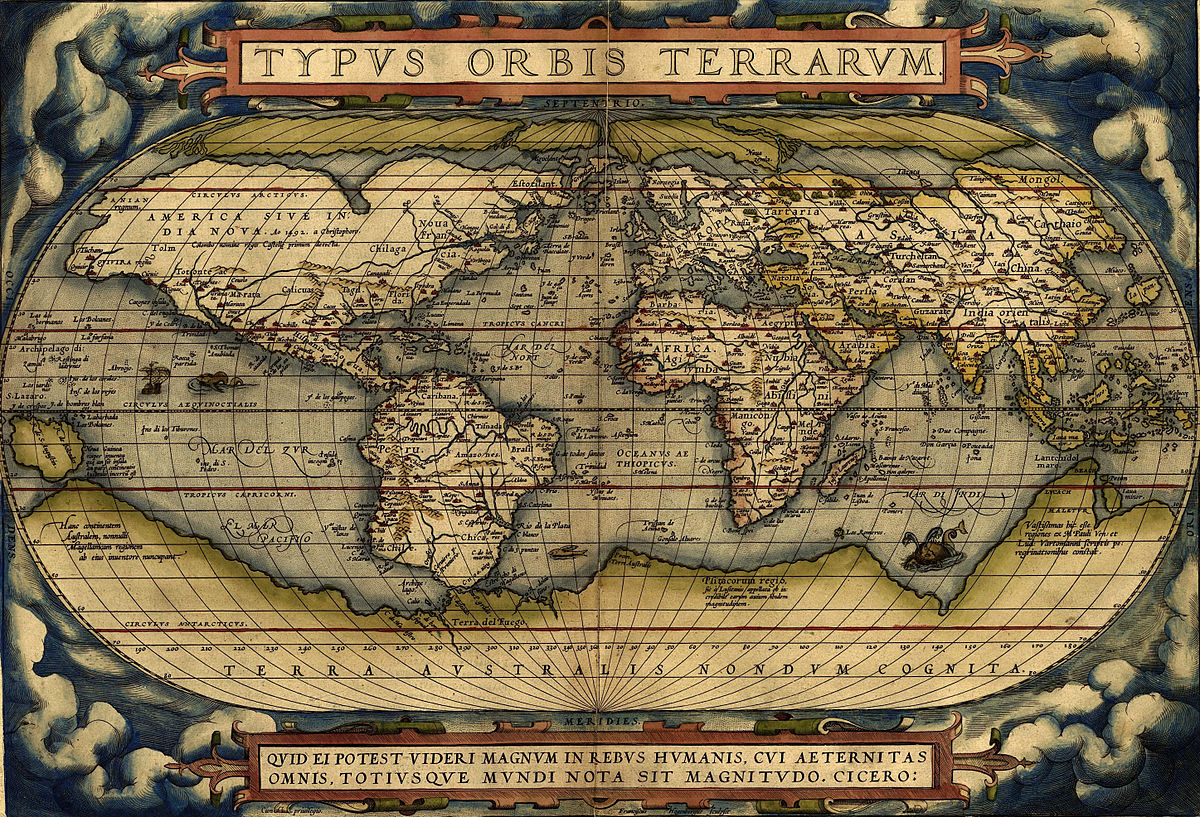Historical Geography and Regionalism: Ways and Perspectives of Interaction
The historical-geographical approach is one of the oldest, most widespread and productive scientific approaches in the field of regional studies. It is characteristic that at the present time, as far as the formation of complex regionalistics is being formed as a relatively new integral scientific discipline, its interaction with other, already long established discipline, also arisen at the junction of different sciences, historical geography, is intensified.
Regionalology is a rapidly developing scientific discipline. It is widely believed that it studies mainly regional groupings, countries and their regions as subjects of international and interregional relations. According to one of the most authoritative definitions, modern regionalistics is “a science that studies the objective processes of the formation of territorial communities (supranational groupings, countries and intra-state administrative regions) seeking to most effectively use external and internal factors of development and withstand the challenges of globalization.” There are other definitions. So, regionalistics can be considered as “a macrodiscipline that operates with generalized, final results of specialized research carried out within the framework of branch natural and humanitarian disciplines.” In this interpretation, the regional studies act as a kind of connecting link uniting the most diverse areas of regional research.

Regional science has long and rich scientific traditions. The theoretical core of regionalism is often called regionalology, within the framework of which the methodological problems of regional studies, the content of the regional concept, scientific paradigms used in studying the processes of regional differentiation and conceptualization of the very concepts “region”, “district” (and others adjacent to them) .
Key concepts of regionalistics – region, regionalism, regionalization, regional method. The simplest interpretations of the category “region” – physical and geographical (the region as a segment of the earth’s surface, characterized by a certain homogeneity of the physical environment) and political and legal (the region as an administrative and territorial unit of the state). However, modern regionalistics deals with more complex, multidimensional interpretations of the region. Often this concept is interpreted in a very broad context, it covers a large number of countries and territories and is correlated with vast geopolitical zones, geo-economic and geocivilizational spaces (in order to avoid terminological confusion, the term “macroregion” is sometimes used in this sense).
Another concept of the region dominates in the studies of regionalists working at the intra-country level. In Western sociocultural and political regionalistics, the point of view is widespread, according to which regions are, first of all, self-organizing territorial communities of people. Being a unity in diversity, they form units of spatial taxonomy, occupying as it were intermediate steps between the individual and the state. Since the unity of the region is thought of as a community of people, with such a research approach, it is simply impossible to do without taking into account the factor of historical heritage. Territorial communities of people – the categories are not just volatile, but developing permanently, and not accidentally one of the most common concepts in regionalism is the concept of the chronotope (space + time). The temporal dominant in the regional analysis is no less important than the spatial one. The key characteristics of the regions are related not only to the present, but also to the past. The conceptual framework of regional analysis itself dictates the need for historical and geographical research synthesis.
Historical geography is a related science, formed, as we know, at the junction of history and geography. The most widespread view is that she studies the physical, socio-economic, cultural, political geography of past epochs in historical dynamics.
There are great differences in the definition of the subject of historical geography by representatives of the historical and geographical sciences, as well as various national schools of historical geography. In historical science, historical geography is for the most part treated as a discipline that studies the spatial aspect of the historical process, or as a historical discipline, that studies the specific geography of the past of a particular country or territory. Many of the historians have tried, and sometimes unsuccessfully, to link historical events with the peculiarities of the geographical environment of certain regions. However, in practice, often the matter was reduced to (undoubtedly, also very important) work on the localization of items, events and other information mentioned in historical sources. In other words, historical geography was viewed as a purely auxiliary historical discipline, engaged primarily in solving the problems of geographic “binding” of events and phenomena.
Regional methods of research, modern conceptualization of which is given in the “newest” theoretical regionology, spontaneously mastered historical geography, however, from the very first stages of its formation and development. The current stage of intensive interaction between historical geography and regional studies is in fact only the final phase of a long-term process of “mastering” regional research methods and regional discourse by historical geographers.

Modern regionalism is increasingly determined and conditioned by the increase in the functions of both place and social time. Therefore, taking into account the role of inherited structures in regional development is not only theoretical, but also of great practical importance, allowing incl. correctly and correctly determine the priorities of regional policy. The development of strategies for regional development and specific technologies for their implementation largely depends on the inherited social and spatial structures that face when determining regional priorities for a given territory. The attention of modern regionalistics to the historical and geographical problems is explained by many reasons, but incl. and practical, quite rational. The assimilation and creative processing of the heritage of national historical and geographical schools, the achievements of pre-revolutionary anthropogeography and the richest experience of world historical geography are, in this regard, tasks of primary importance.
